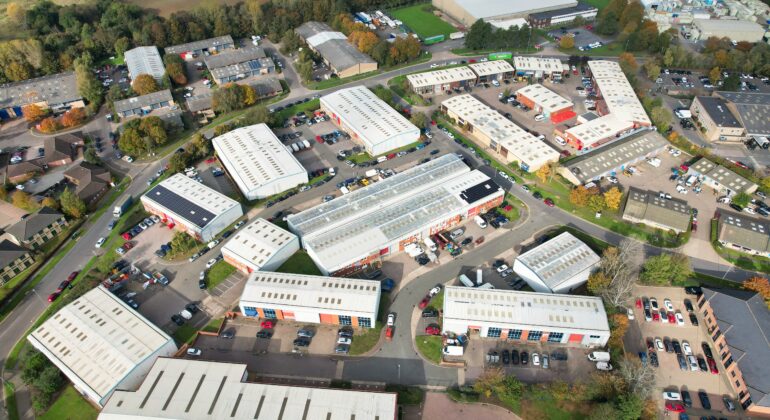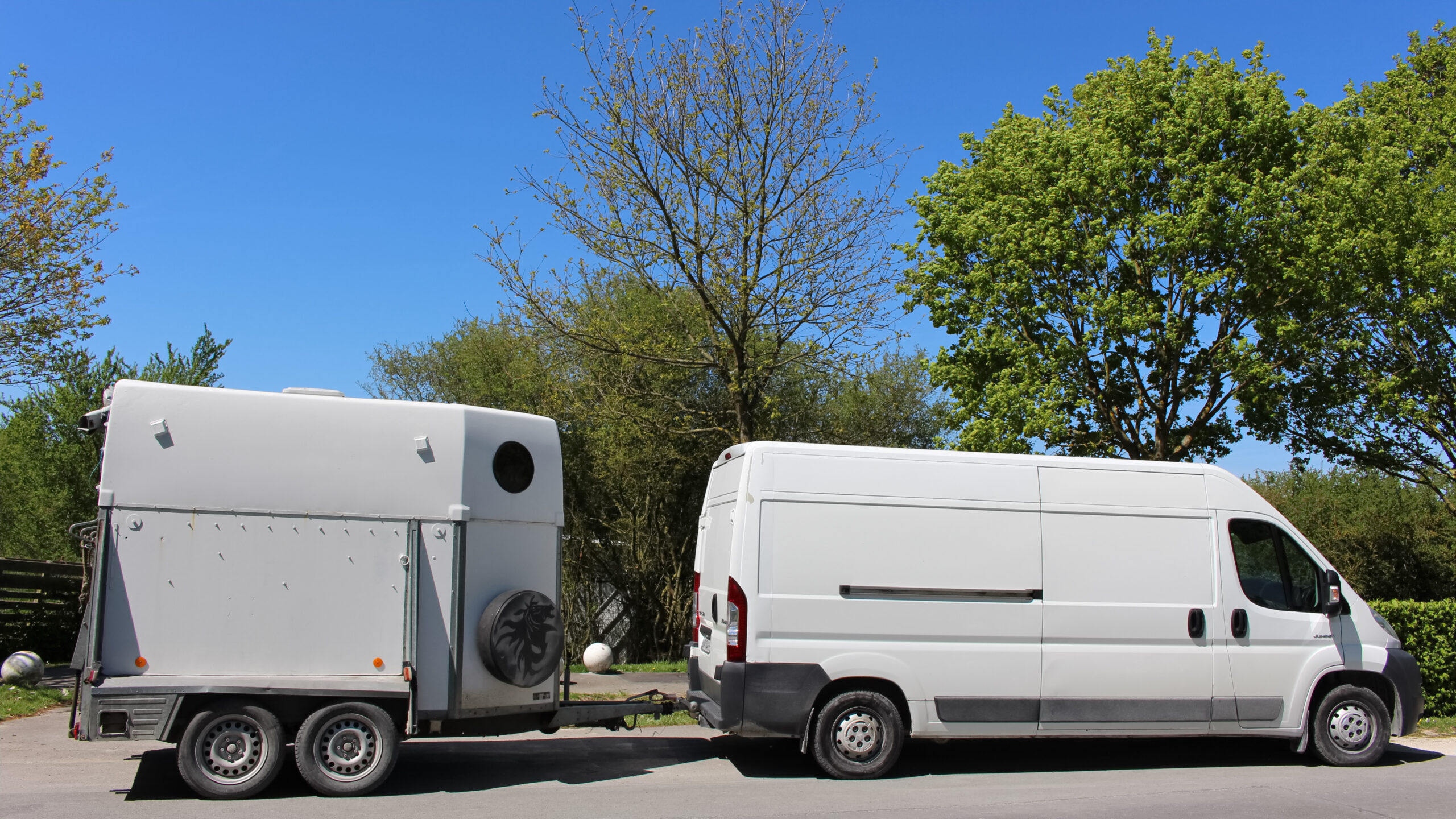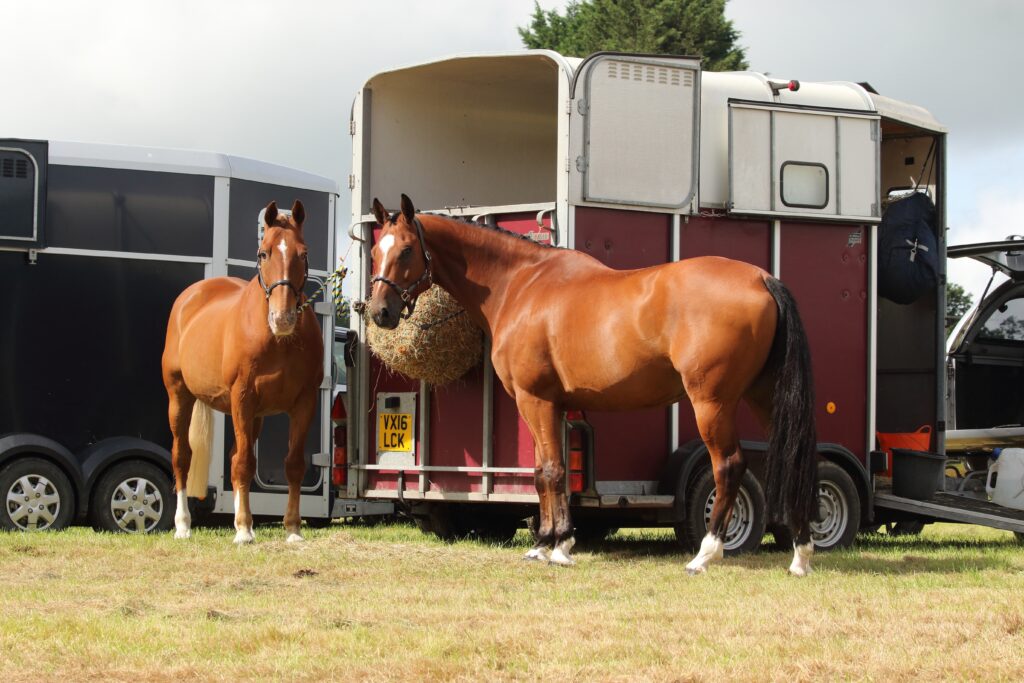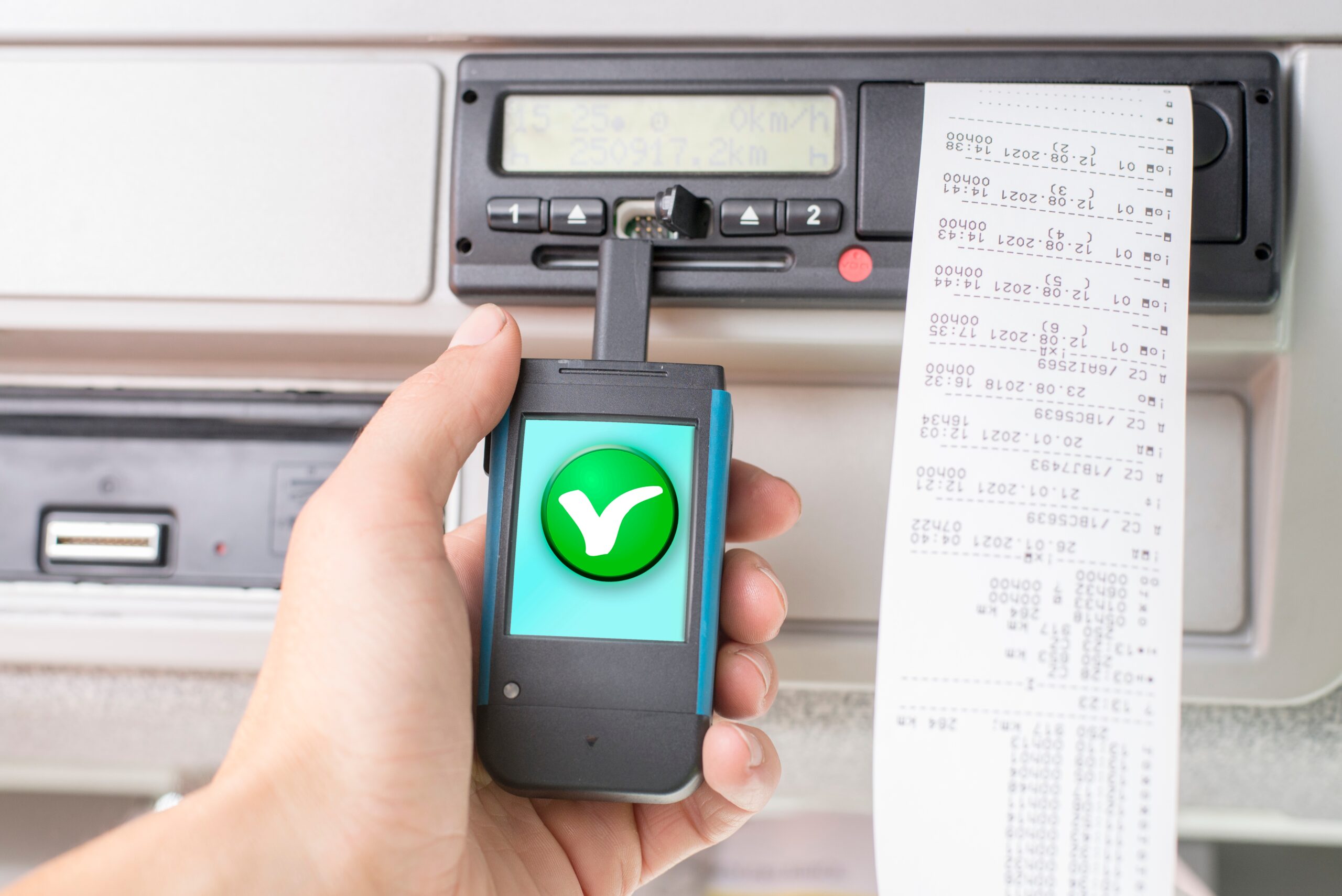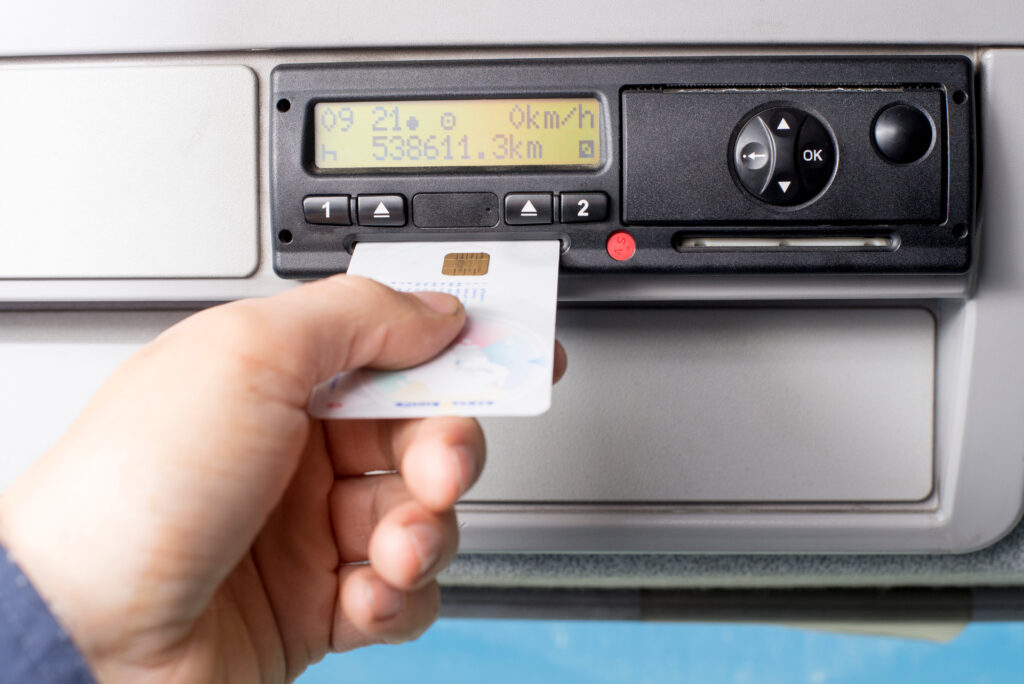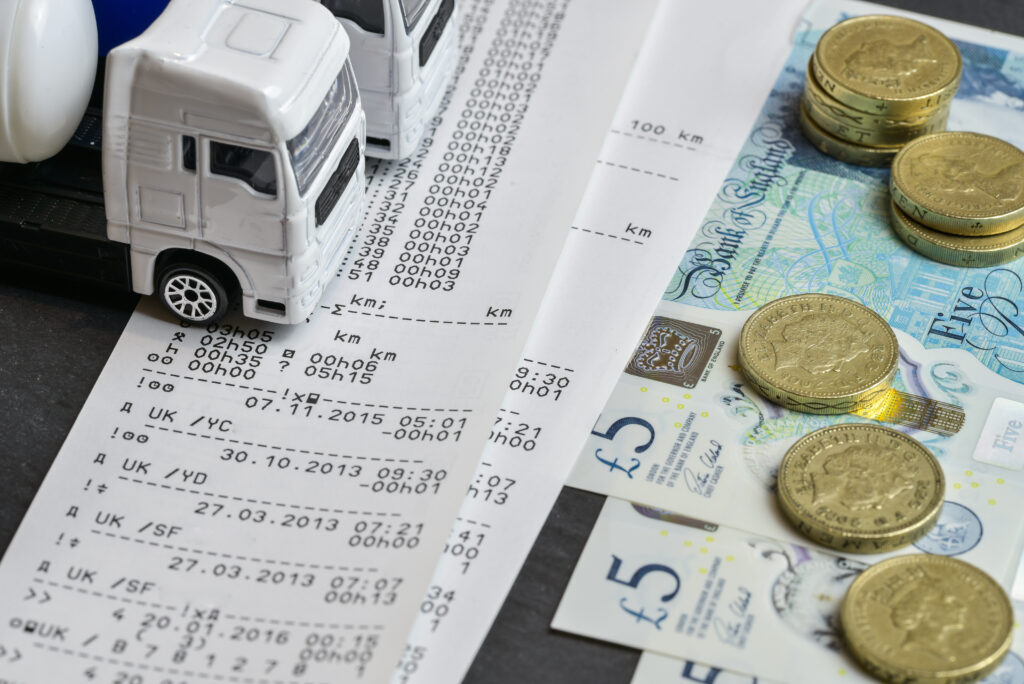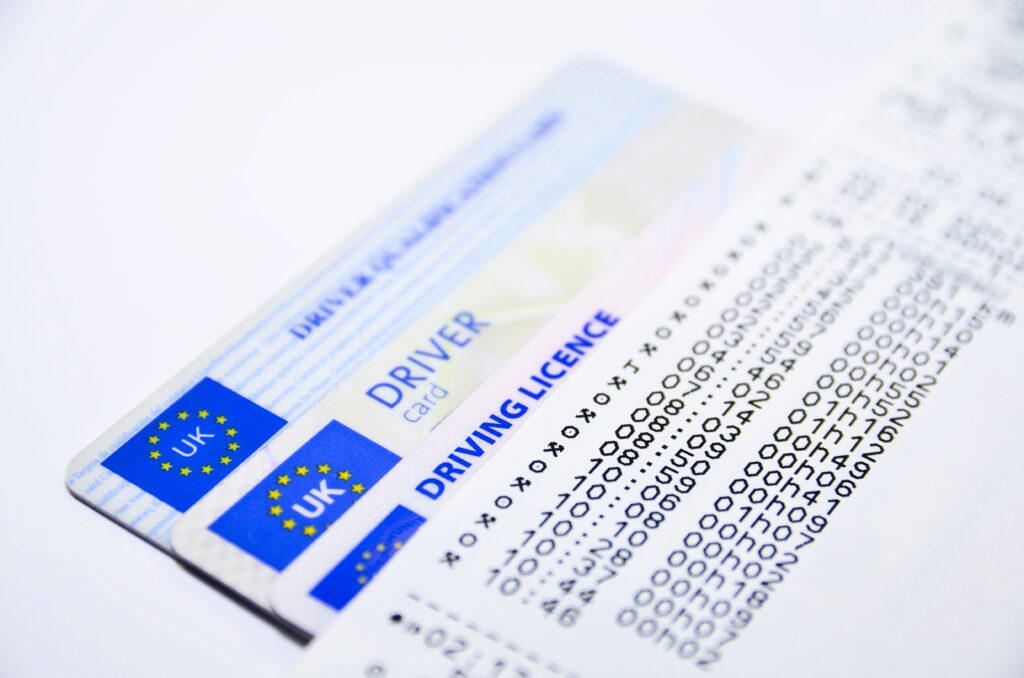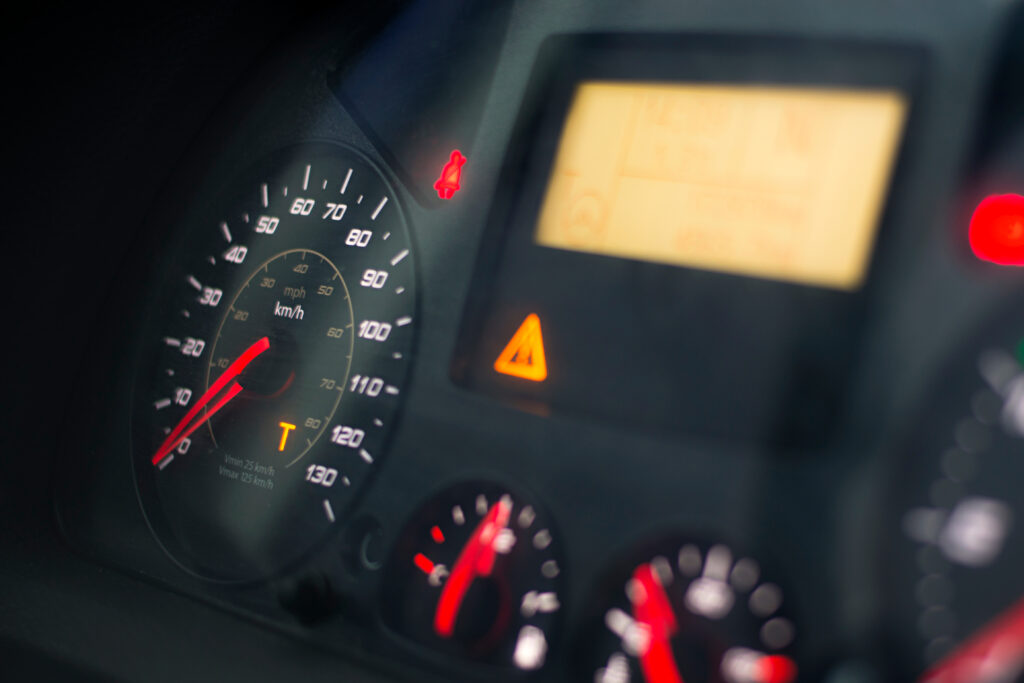Whether you are just finishing your HGV training and imagining your upcoming jobs or are discussing the best places to stop with others on your ADR training course, knowing the best truck stops in the UK can be valuable!
So, what are the UK’s best truck stops ranked?
The experts at HGV Training Network reveal all in this handy guide – so read on to find out where you should stop while out on the road!

What is a truck stop?
Unlike car drivers who have a choice of motorway service stations and no real obligation to stop during journeys, HGV drivers face very different conditions.
As a professional HGV driver who has passed CPC training, you will be required by law to take regularly allotted breaks – or risk losing your licence.
Failure to do so can impact you personally but can also lead to accidents and even fatalities with other road users, most often caused by tiredness.
Truck stops then, give HGV drivers somewhere secure where they can leave their lorry and go and relax and rest, so they are fully prepared for the next leg of their journey.
*Are you an existing HGV driver looking for your next role? Consider HIAB training with HGVTN today and enjoy enhanced career progression opportunities!
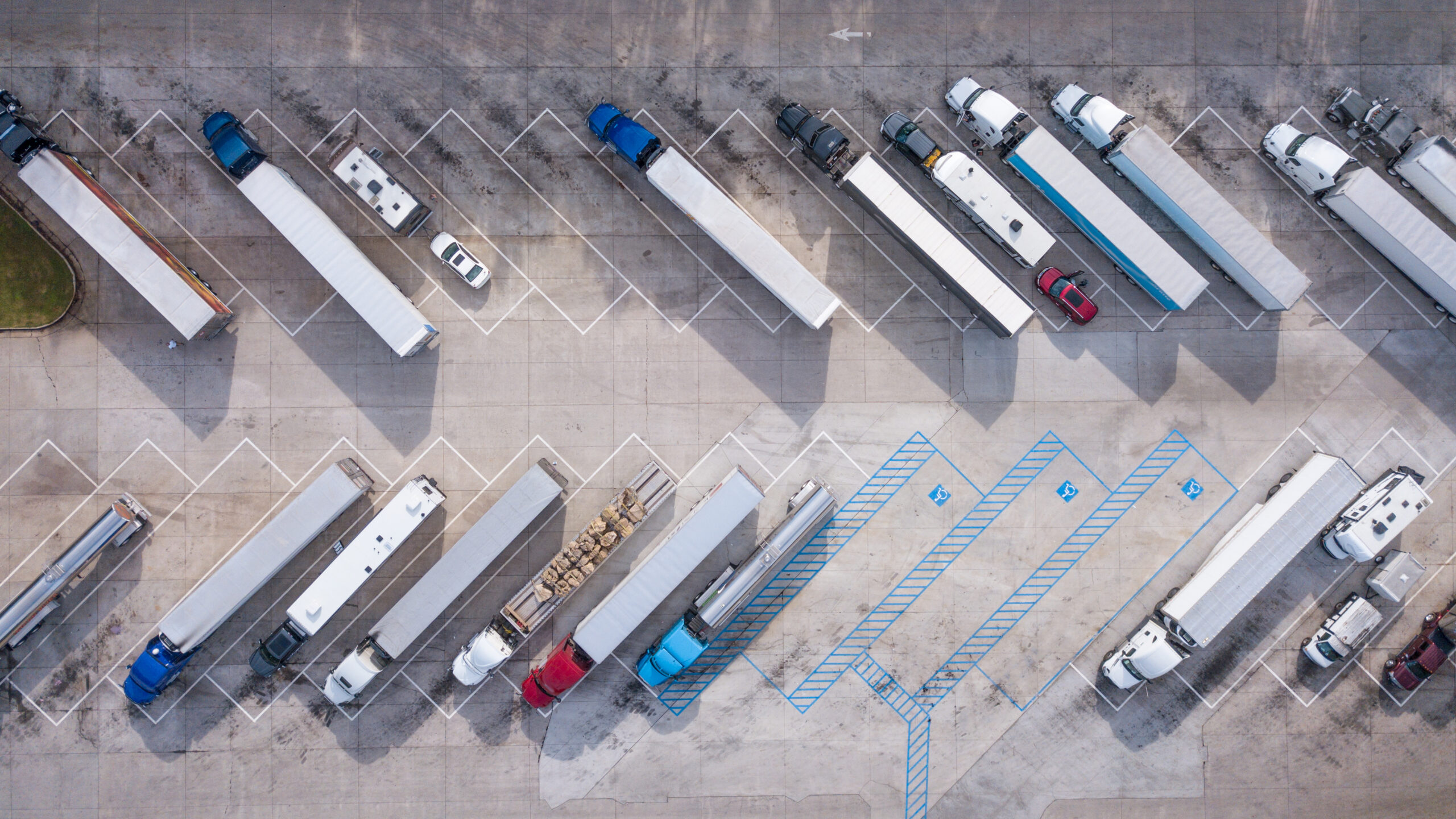
UK best truck stops ranked
With over 328 truck stops to choose from (5% more than in 2017) how did we narrow down our selection to the top 5 in the UK?
Easy – with our years of hands-on experience, we know just what it takes to be the most enjoyable place to stop!
So, if you want to know where you should be stopping on your future routes, keep reading. You’ll find an expansive facilities list (in ascending order) and a postcode for easy navigation in future, too!
Honourable mentions
Not quite cracking the top five, our honourable mentions are worth a visit if you are in the area:
Smokey Joe’s Truck Stop – Off the M30 near Redruth
Route 74 – Junction 10 of the M74, South Lanarkshire, Scotland
Tebay Services – Junction 38 of the M6, Cumbria
Ulceby Truck Stop – Just off the M180, near the Immingham Docks
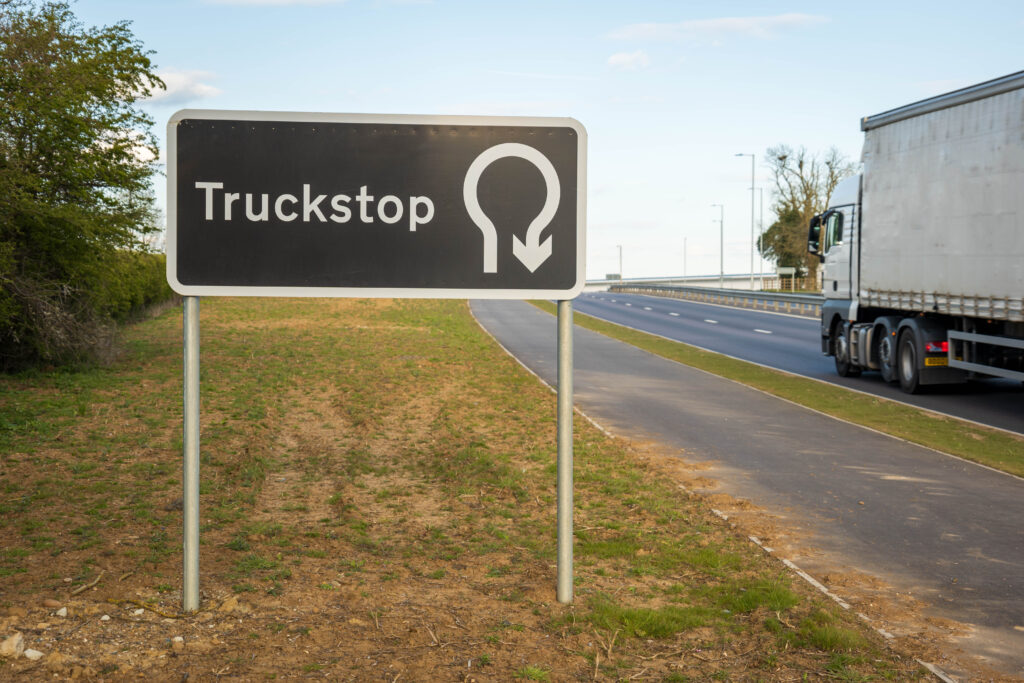
5. The Trucker’s Rest – WA11 1SF
Offering a family-style welcome and homemade meals, The Trucker’s Rest is located between Junctions 11 and 12 of the M6.
Recently renovated, there is now a choice of indoor and outdoor WCs and the owners are careful to position refrigerated HGVs further away so everyone can sleep peacefully.
Just be sure to book your spot in advance to avoid disappointment.
General facilities include:
- Shower and WC facilities for men and women – free shower with overnight parking
- Secure parking for 110 HGVs
- Licenced bar
- Restaurant with home-cooked meals – offering hot and cold food
- Top food hygiene rating – 5/5
- Rooms for hire
- Free Wi-Fi
- Live sports showings
- No EV charging reported
Security features:
- CCTV monitoring
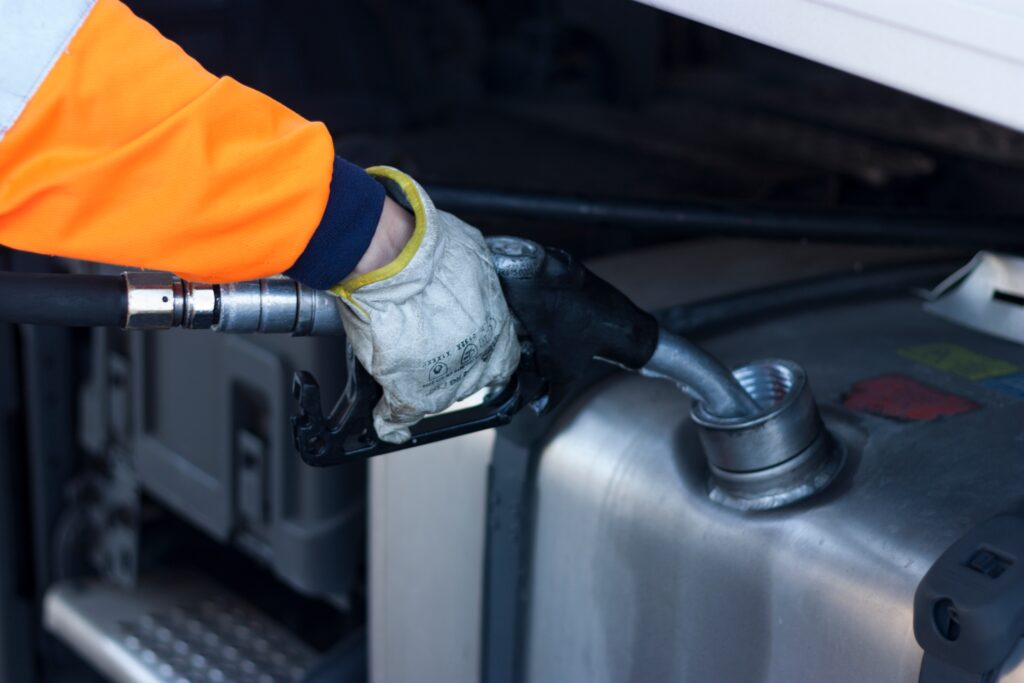
4. Formula Services – CH65 4LB
If you are in the North West for work, you can’t go wrong with Formula Services!
Found near the Birkenhead and Liverpool ports, just off the M53, it’s designed to be modern and secure – making it known as one of the safest stops in the country.
General facilities include:
- 24-hour fuel station
- Top-rated shower facilities
- Secure parking for 120 lorries
- A shop that sells travel essentials and snacks
- Restaurant on-site offering hot and cold food
- Free Wi-Fi
- Self-serve kitchen access – if you prefer to make your own meals
- On-site gym
- Games room
- Laundrette
- Live sports showings and gaming in the 24-hour lounge – complete with massage chairs
- No EV charging reported but multiple nearby at the National Waterways museum or Cheshire Oaks
Security features:
- 60 CCTV cameras
- 24/7 manned security guard
- ANPR camera
- Fully fenced site
*With industry-leading HGV finance options from Snap Finance, a more fulfilling career is potentially just weeks away! So why wait?

3. Ashford International Truckstop (AIT) – TN24 0FL
Found at junction 10 of the M20, AIT is remarkably well-located for haulage drivers using the Folkstone terminals and the Port of Dover.
It is also very large and well-equipped providing a comfortable rest stop for drivers – just make sure you book in advance as it can get busy!
General facilities include:
- Fuel station
- Shower and WC facilities – for men, women, and disabled drivers
- Space for a huge 389 parking bays – but book in advance!
- 24/7 shop, restaurant, and bar
- Coffee shop
- Well-stocked shop with electricals, food & drink, and medication
- Bar with sports screenings
- Restaurant with a choice of nutritious meals, from carveries and steak to curries and pizza
- Top food hygiene rating – 5/5
- Outdoor seating
- Laundrette facilities
- Gym and weights room
- Games room
- Lounge and TV area
- Free Wi-Fi
- Accommodation on-site
- Cash machine
- 4 Ionity EV chargers
Security features:
Barbed wire fences
50 motion-sensor infrared CCTV cameras
24/7 security patrols
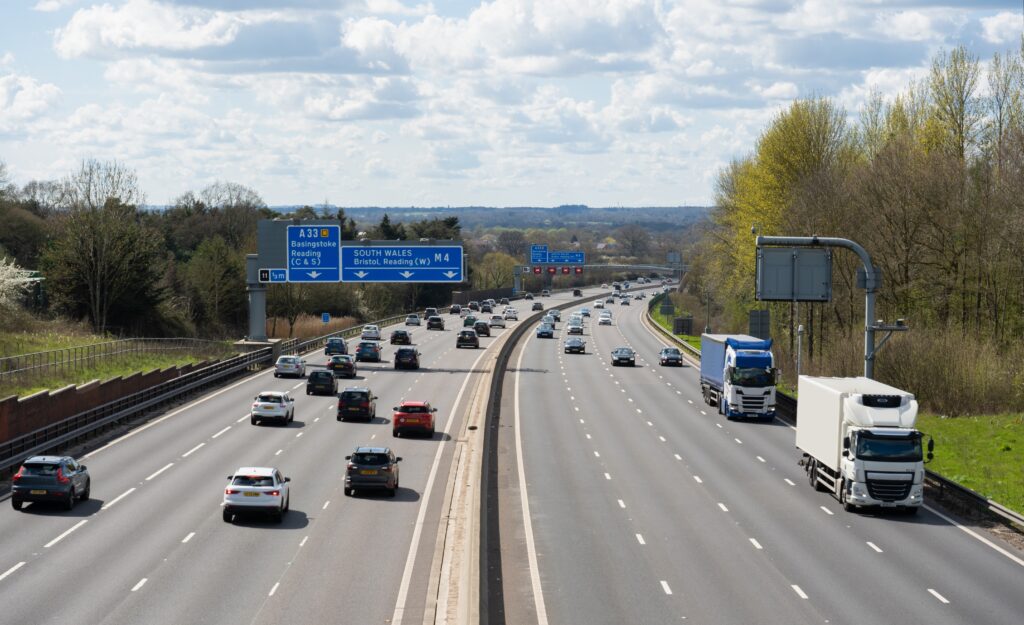
2. Chippenham Pit Stop – SN15 5LH
Found off junction 17 off the M4, this family-run business offers respite for those on the east and westbound carriageways.
Winner of the Best Medium-Sized Truck Stop in 2023, you could find much worse!
General facilities include:
- 24/7 refuelling
- Shower and WC facilities with underfloor heating
- Space for 87 parking bays
- Well-stocked shop with electricals, food & drink, and medication
- Bar with TV
- Restaurant with locally-sourced hot meals
- Outdoor gym
- On-site barbershop
- Top food hygiene rating – 5/5
- Wi-Fi
- 4 Ionity EV chargers
Security features:
- 24/7 CCTV monitoring
- Night patrols from dedicated security guards
- Membership with the Park Mark Scheme
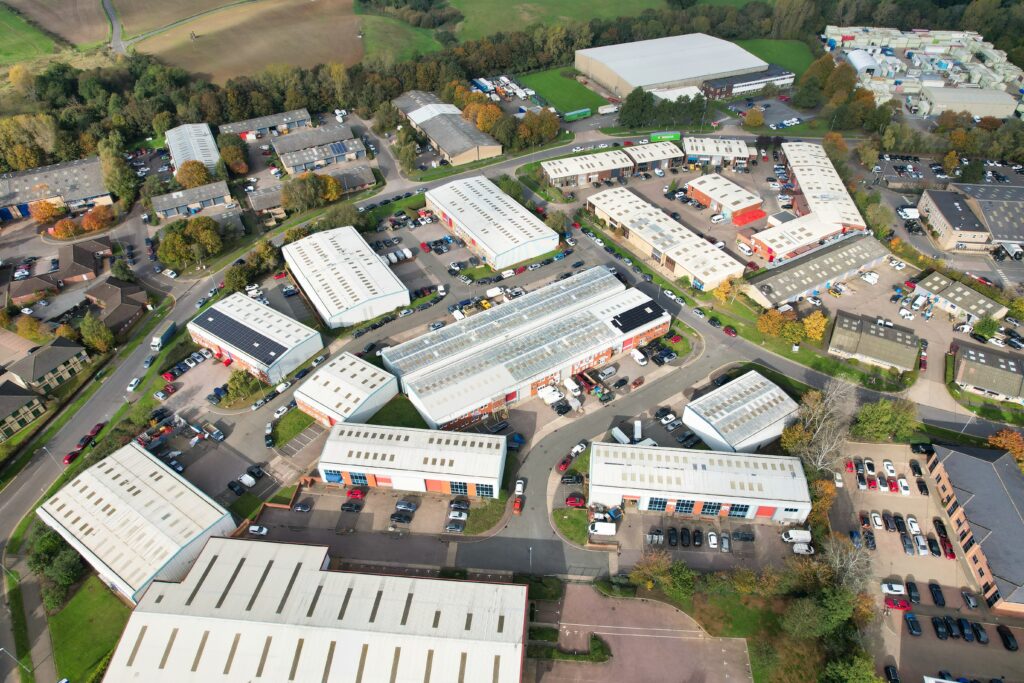
1. Red Lion truck stop – NN7 4DE
Located just off junction 16 on the M1, this Northampton truck stop has been voted the best in the UK by many, including the BBC!
Described as a little gem and not one to be missed, the Red Lion offers charming, traditionally British hospitality to all who choose to stop there.
General facilities include:
- Comfortable separate shower and WC facilities for men and women
- Secure parking for 150 HGVs
- Well-stocked shop with HGV essentials, toiletries, and medication
- Bar complete with a beer garden
- Restaurant with home-cooked meals – offering a choice of cuisines
- Top food hygiene rating – 5/5
- Free Wi-Fi
- Laundry service
- Cash machine
- Live sports showings
- No EV charging currently but planning has been granted for 4 electric charging points (offering CHAdeMO and CCS2 charging)
Security features:
- Infrared CCTV monitoring 24/7
- 24-hour patrols from dedicated security guards
- Large and high mounting banks to deter intruders
- Membership with the Park Mark Scheme
- Security lights
HGV Training Network – industry leaders for a reason
HGVTN offers high-quality, effective, and personalised HGV training – while also ensuring current and future HGV drivers are happy, healthy, and up-to-date with all advancements within the industry.
This includes making sure you know the best places to relax and explore on your allotted breaks!
For more information about training or for anything else HGV, email the team at contact@hgvtrainingnetwork.com or fill in our contact form and our approachable but experienced staff will be in touch to see how they can help.


